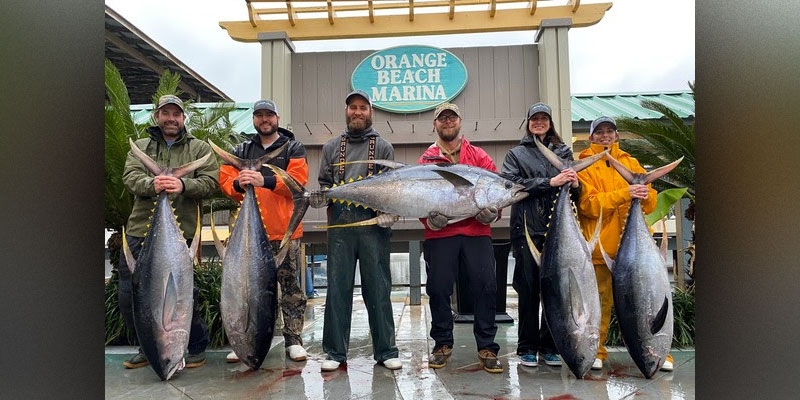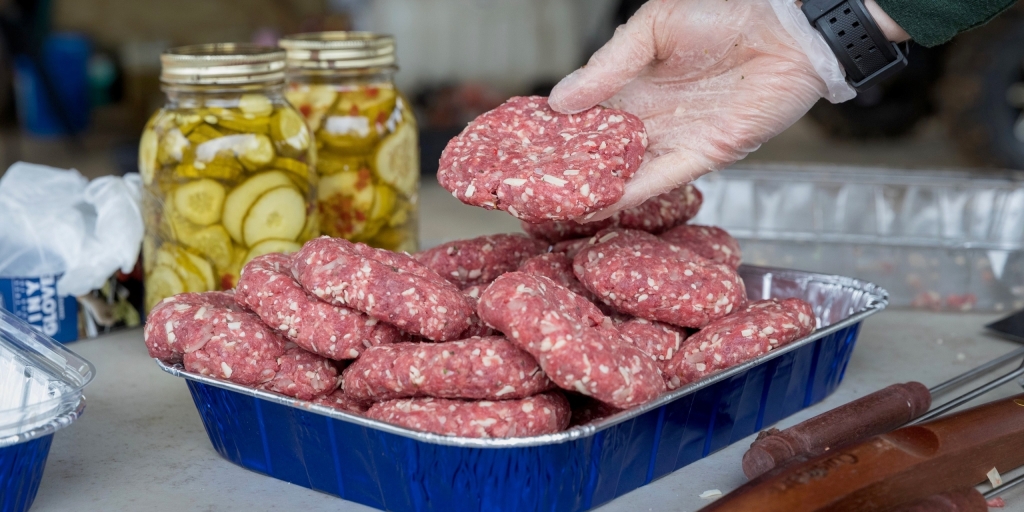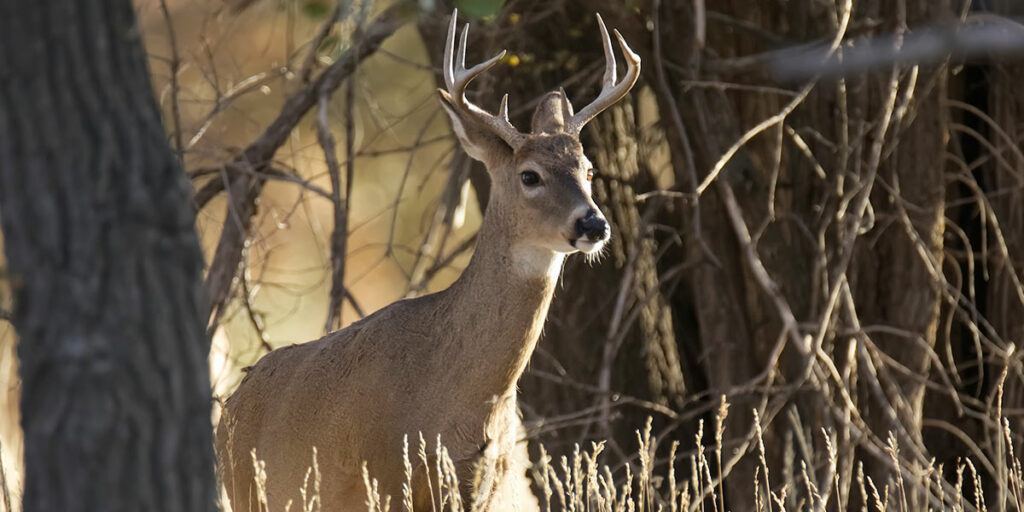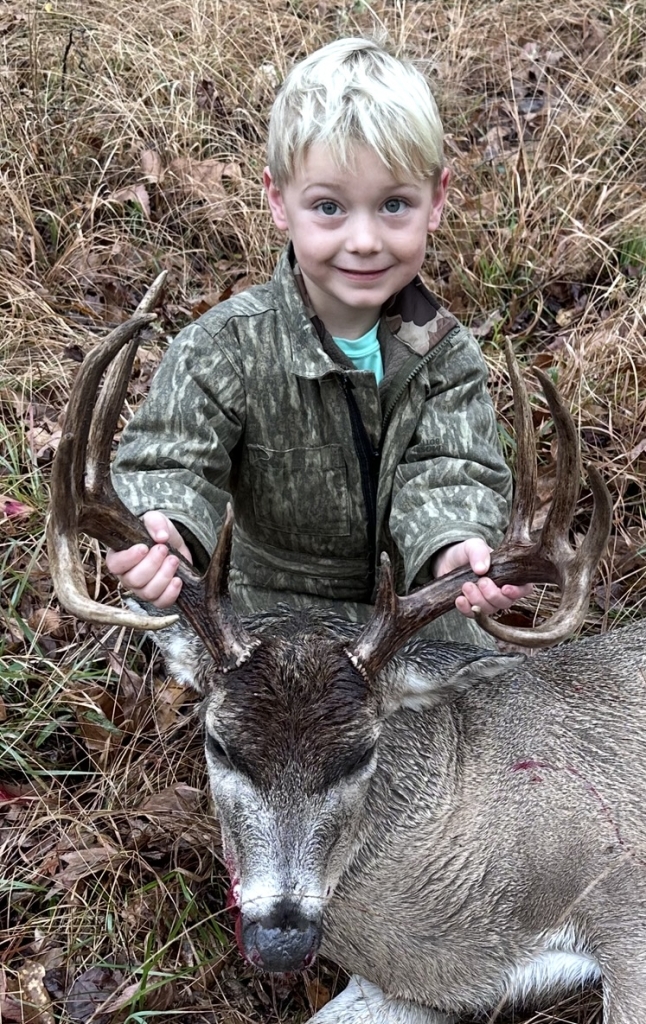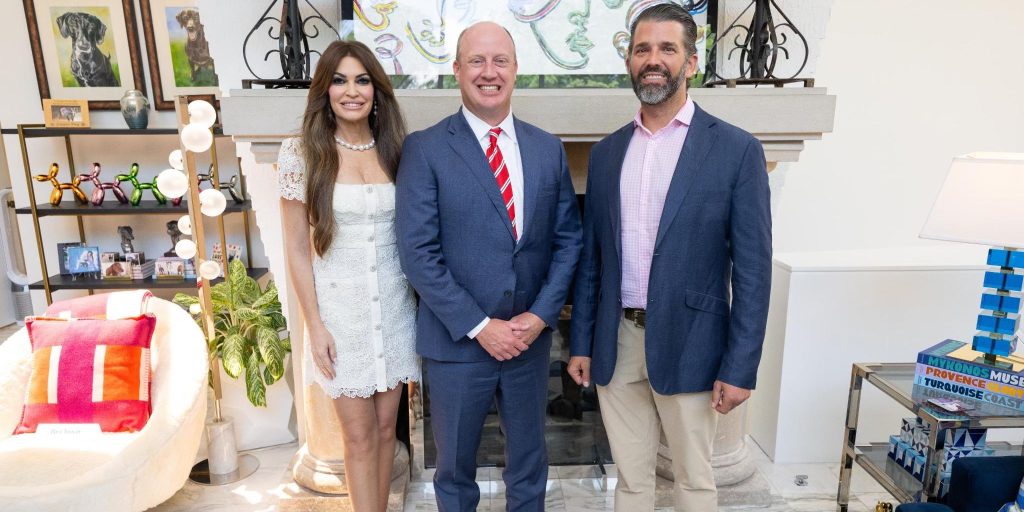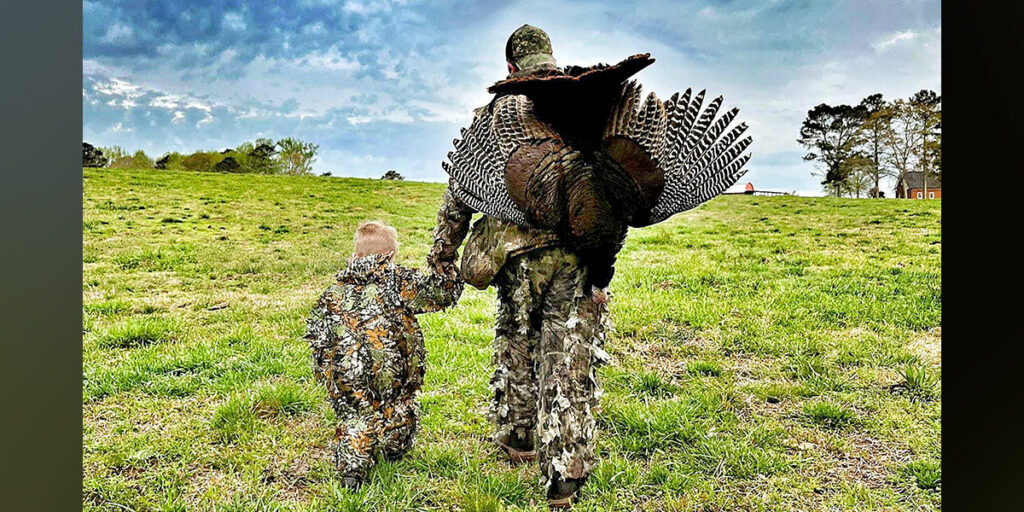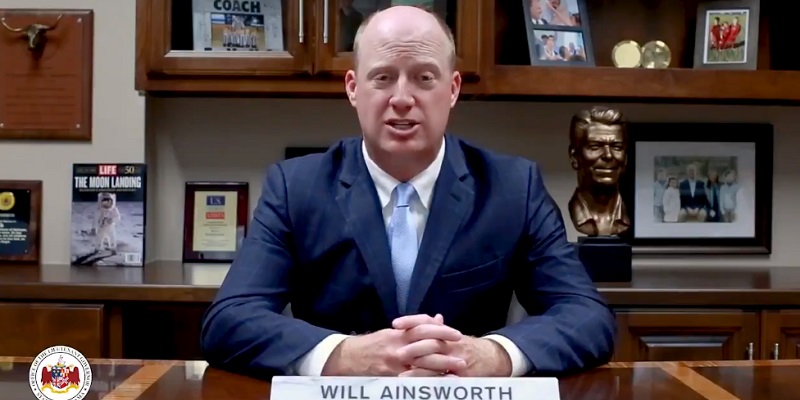The waters of Alabama and the Gulf of Mexico are teeming with fish of all shapes and sizes. The amazing colors in God’s palette lend themselves to adorn the beautiful fish we all love to reel in and admire — and eat!
There’s a catch when it comes to your catches though: If it’s not in season or within the size limit, you’ll have to throw it back.
It can be tempting to keep a tasty red snapper in the spring or stock up on big momma speckled trout, but Alabama’s fishing rules and regulations are more than just arbitrary restrictions. Every time you throw back a fish that is not in season or not the right size, you’re helping Alabama’s natural populations sustain and replenish themselves.
This may seem like an obvious responsibility — to do our part to help our diverse ecosystems flourish — but without strict oversight of our local fisheries, we’d be at risk of overfishing. In fact, overfishing isn’t as uncommon as you might think. Both in our nation and worldwide, many examples come to mind of fisheries that, unchecked, become imperiled very quickly. The reef fisheries around Puerto Rico were in almost total collapse a few years ago but are rebuilding now, thanks to new limits, and you can ask Maryland and Virginia why Alabama processors ship lots of our blue crab up their way.
Thankfully for us and our neighbors, the good work of Alabama Department of Conservation and Natural Resources (ADCNR) biologists and enforcement officers is keeping the fish and seafood stocks in our waters trending in the right direction.
Sustainable harvest of fish, crabs, oyster, shrimp and other aquatic sea life is part of what makes living on and visiting Alabama’s coast so special and memorable. Simply put, our fisheries must limit harvesting to allow populations to replenish themselves and enforce fishing methods that won’t have a damaging environmental impact, all while complying with state, national and international regulations.
Most minimum size limits of fish are set just above the length where most of the fish of that species reach sexual maturity. This just makes good common sense. For stocks to replenish themselves, we need the fish to spawn at least once before they are harvested. When you catch an 11-inch flounder, throw it back and let it find a female friend and do its thing so they can make a bunch of baby flounder that we can harvest in future years.
While it is important for the fish to spawn at least once before harvest, some fish species have egg production that is exponentially larger as they get bigger. That is why we have some fish with slot sizes where you can only keep one fish over a certain size. This has been the case for red drum for a long time. We added a slot limit for spotted sea trout (speckled trout) a couple of years ago. Speckled trout females over 22 inches produce millions more eggs than fish in the 15- to 16-inch range. We want those big momma fish out there spawning away to produce the amount of fish needed to sustain the fishing pressure increase we have seen over the last decade on speckled trout. And it is working. We have seen populations of flounder and spotted sea trout trending in the right direction just two years after we modified our regulation to provide those two species with more protections.
Some fish don’t have populations that can sustain a year-round season and, therefore, have quotas or overfishing limits that are used to set seasons that keep those stocks healthy or rebuilding. We have specific seasons for red snapper, grouper, triggerfish and amberjack and other species that were at one time each severely overfished and in peril. We can all debate if the current federally set quotas are reasonable or if those seasons are too short, but one thing is for sure: If we had not made changes to limit the harvest to some level when we did in the early 2000s, those stocks would be almost nonexistent today.
Limits for both commercial and recreational harvests are critical to the sustainability of our resources. They are designed to maintain current stock levels or to increase abundance of a stock. Some species just need to have a population sufficient to reproduce annually, but other species need several years to reach maturity. Those that need more time are generally the ones that have experienced overharvesting. We at ADCNR are working to grow all of our stocks.
While it’s our human responsibility to protect and maintain our aquatic ecosystems, sustainability isn’t just an environmental issue. It’s an effort that’s intrinsically tied to our seafood industry as well.
For example, if Alabama anglers and commercial fishermen were to overfish a particular species, our seafood processors eventually would have to limit the amount of that product they could distribute, which would limit that product on restaurant menus. And if this trend were to continue, it could cause that species to disappear from Gulf waters altogether.
Seasons and quotas are not the burden you might think they are on Alabama chefs though.
When a Gulf seafood product is limited to certain seasons or amounts, our Southern chefs get creative. Our waters are home to much, much more than the typical snapper, grouper and flounder you may be used to seeing on the menu. Sustainability allows our restaurants and markets to feature these popular favorites, but chefs also make great entrees of other species previously thought to be “trash fish” that are just as tasty even though they’re less widely known. Sheepshead, drum and Spanish mackerel are a few good examples.
Catch limits may seem like a pain when you’re out fishing, but it is important to remember that those limits are in place to maintain healthy, sustainable stocks so we can all catch and cook those species for many years to come. So while it may be a bummer to throw back some would-be prize fish on your next fishing trip, remember that you’re directly contributing to the sustainability of Alabama’s fisheries.
Chris Blankenship is the Alabama Department of Conservation and Natural Resources commissioner




